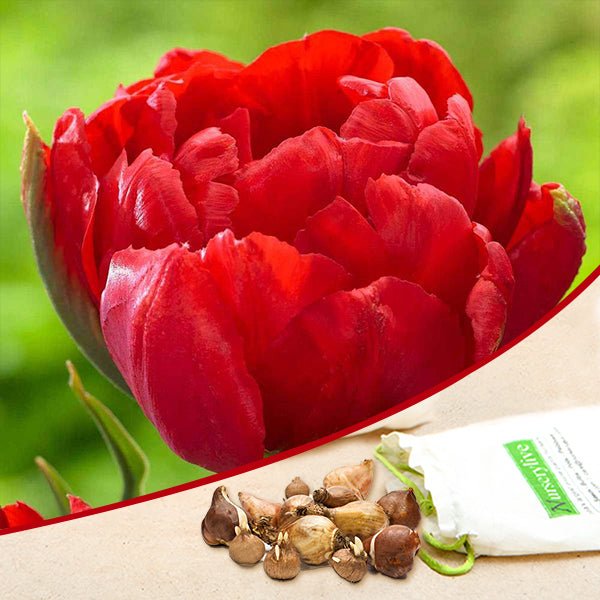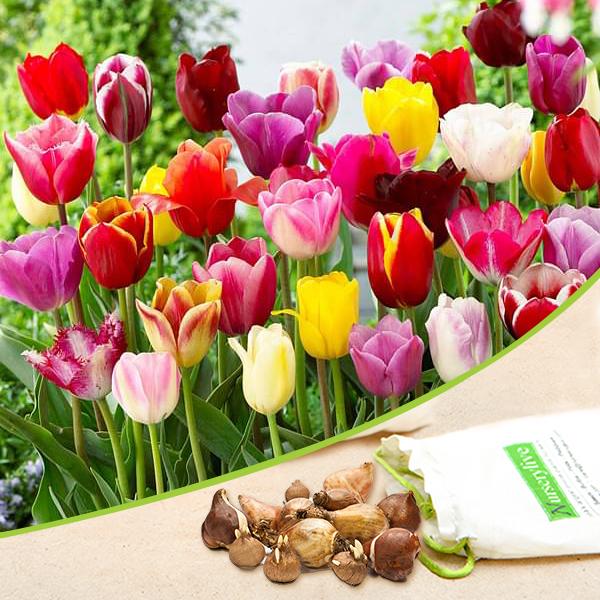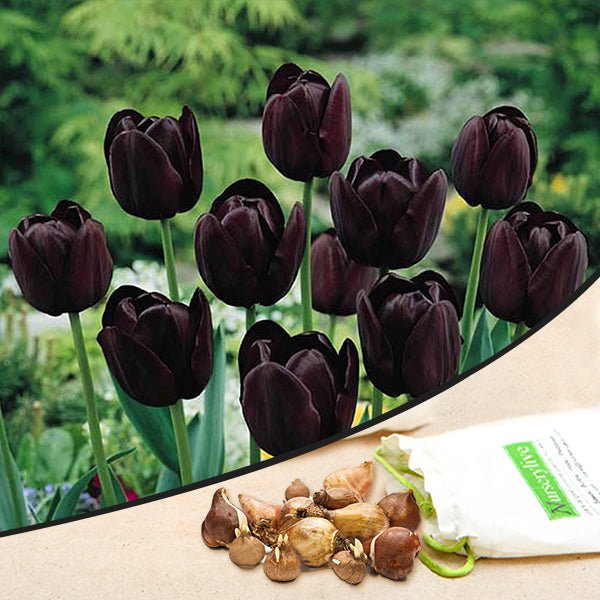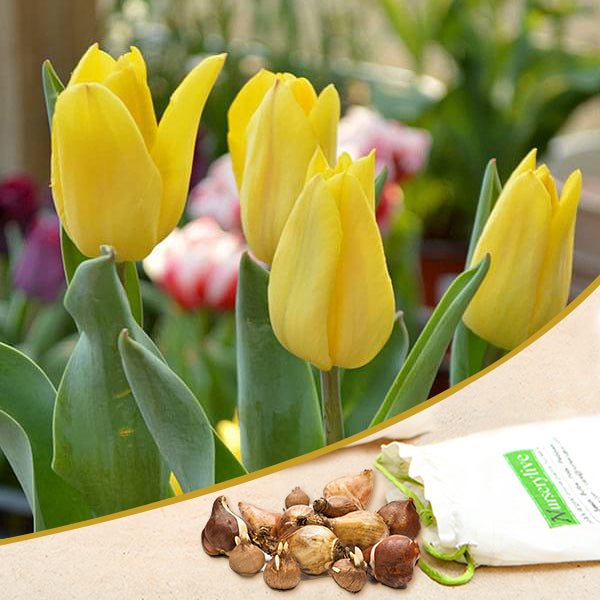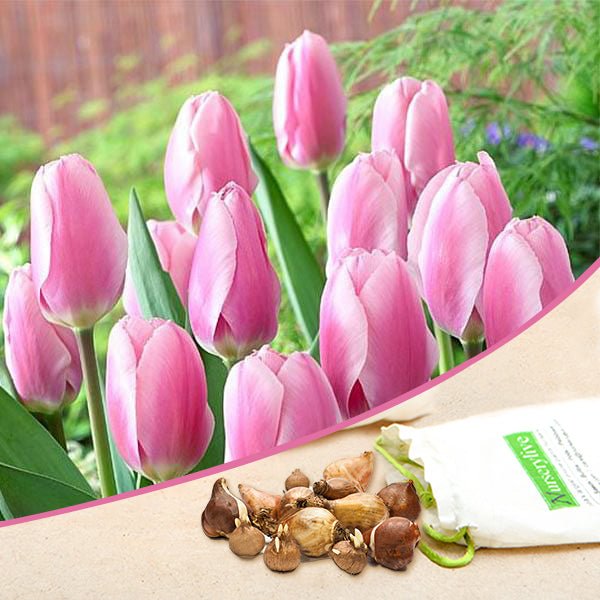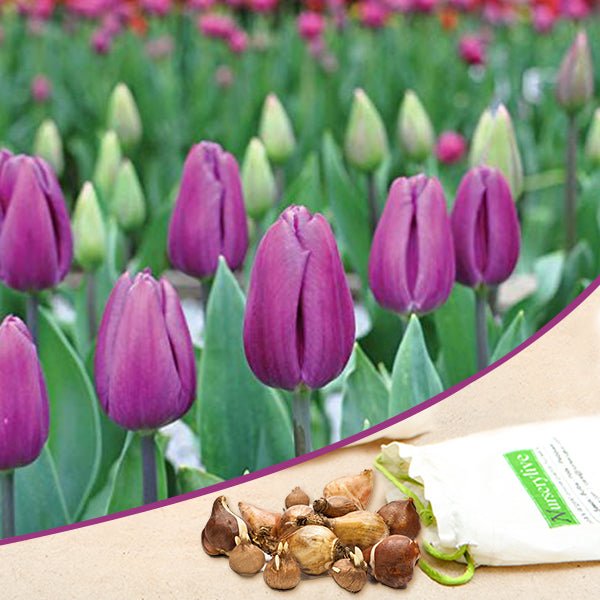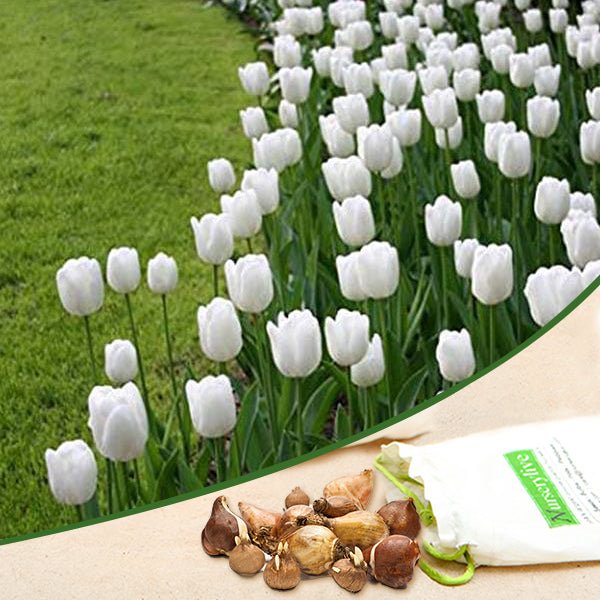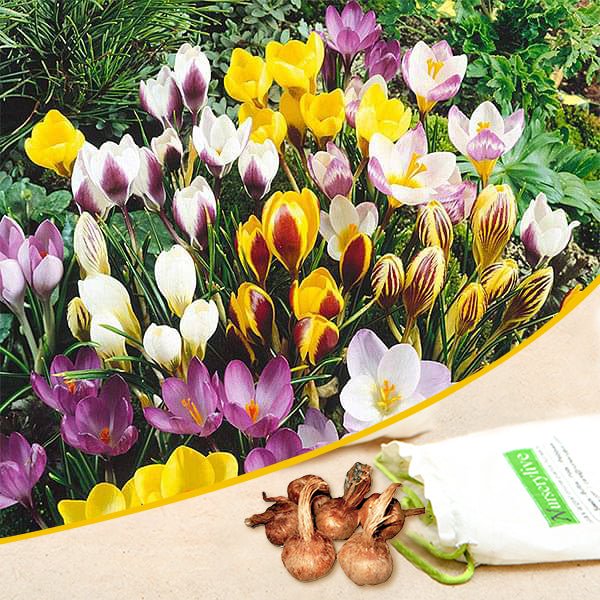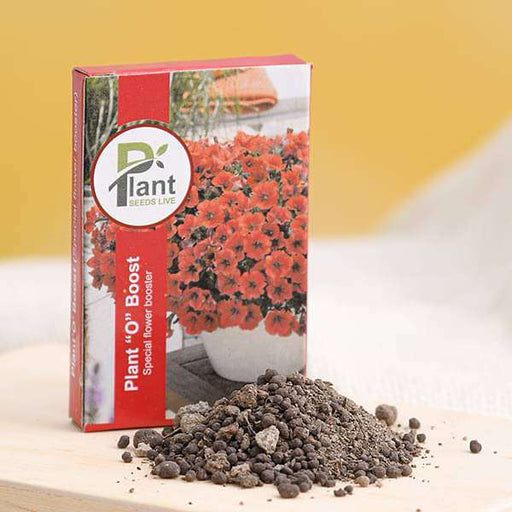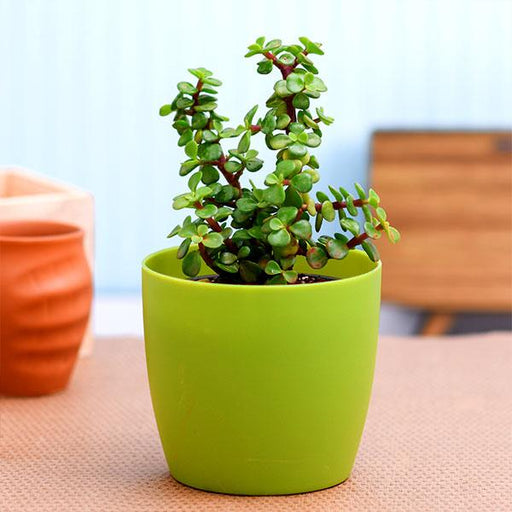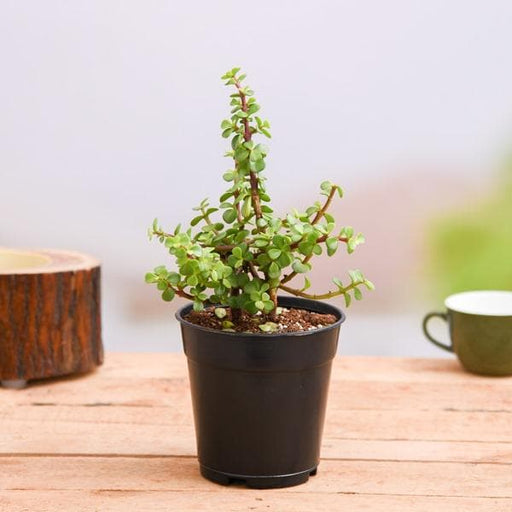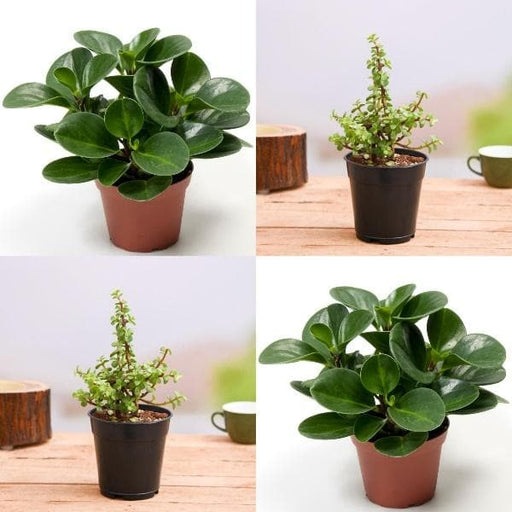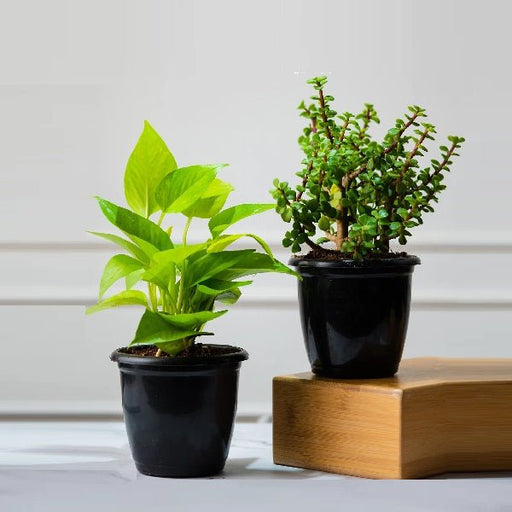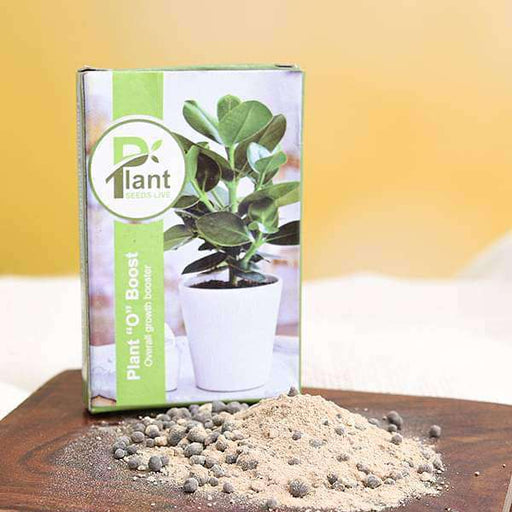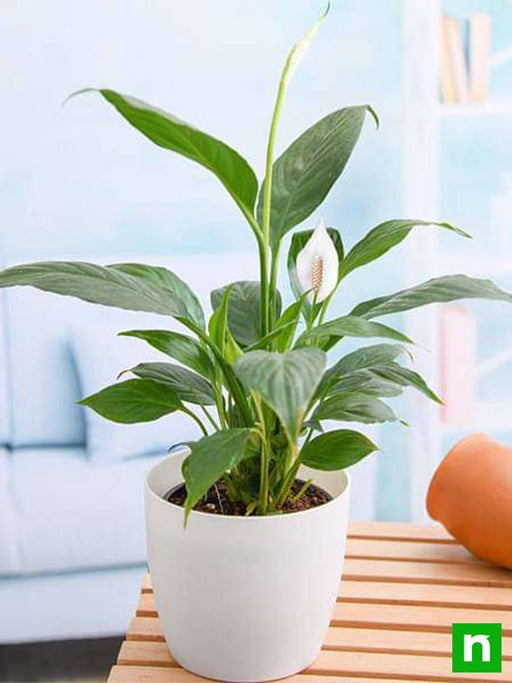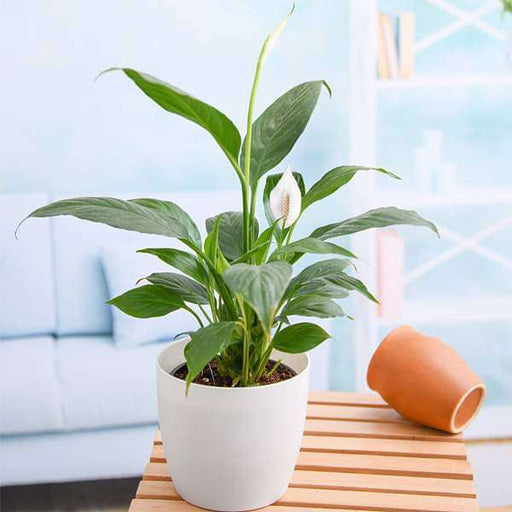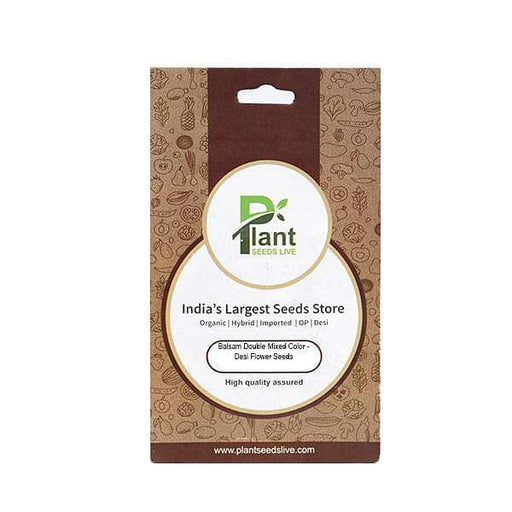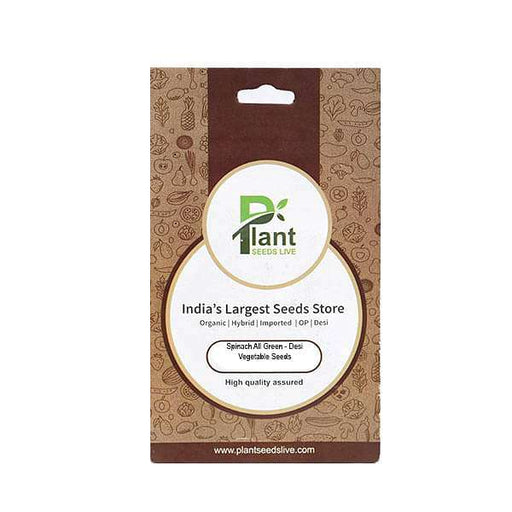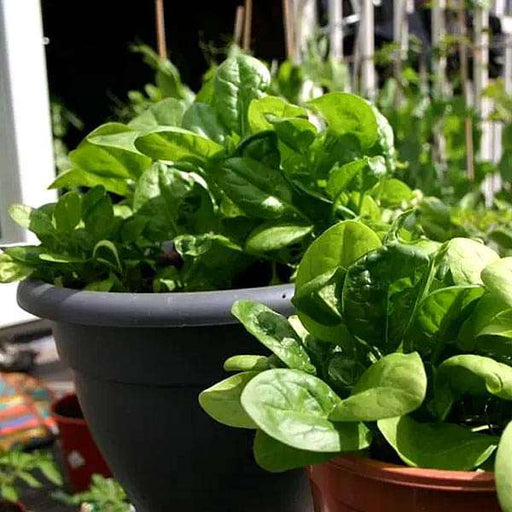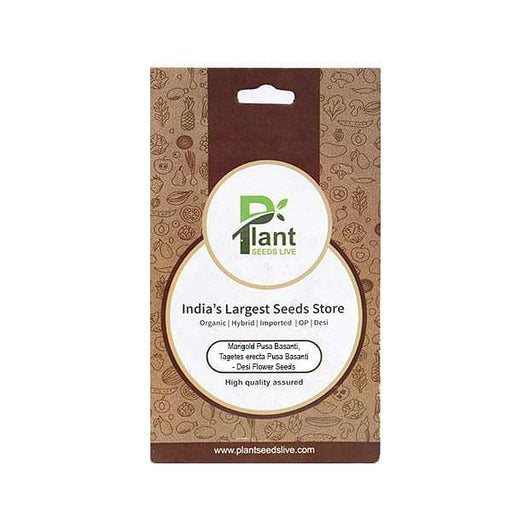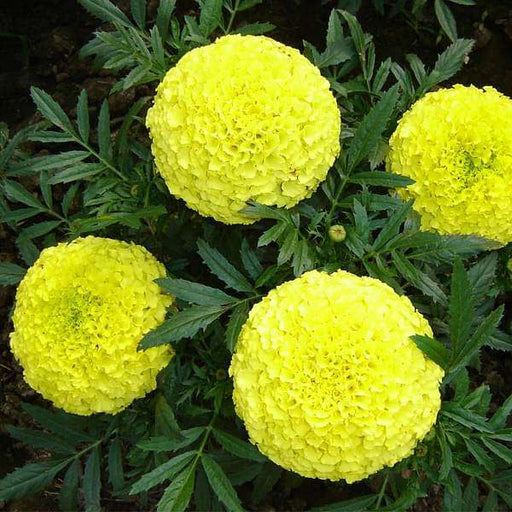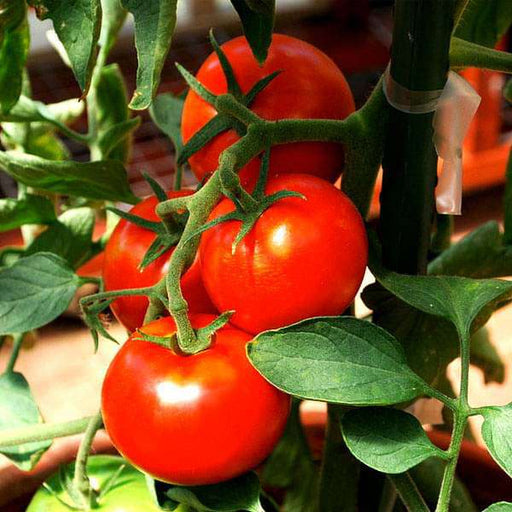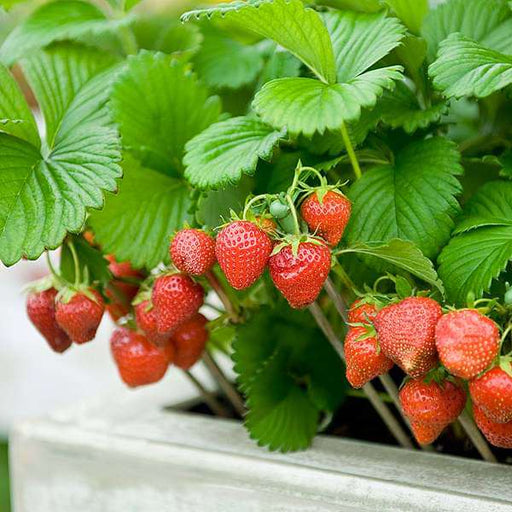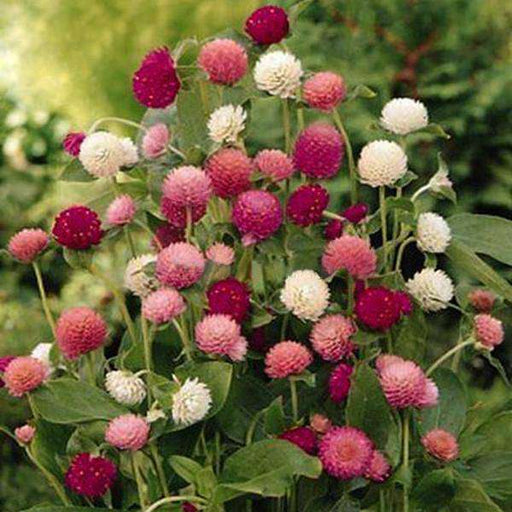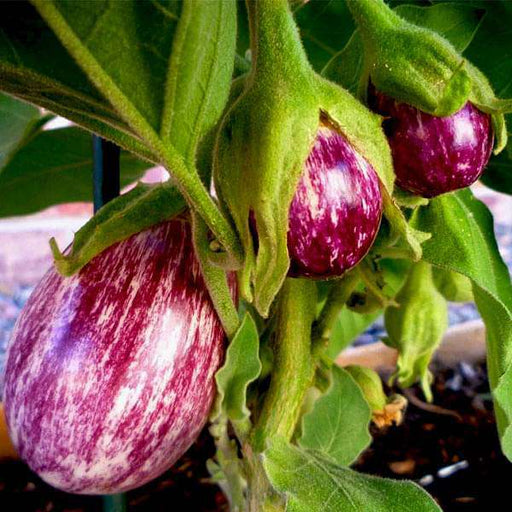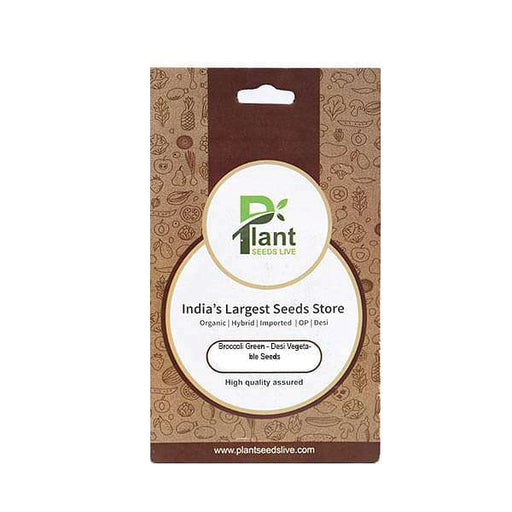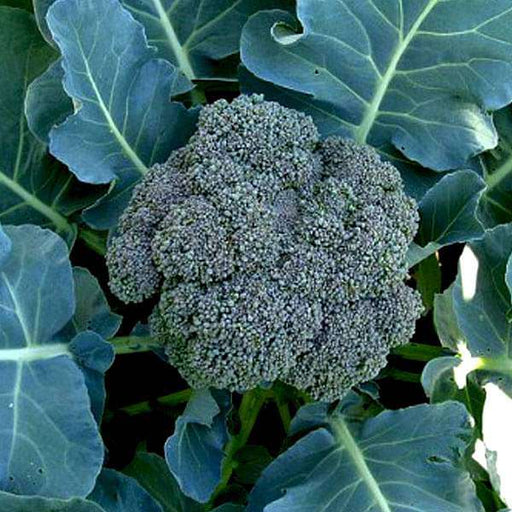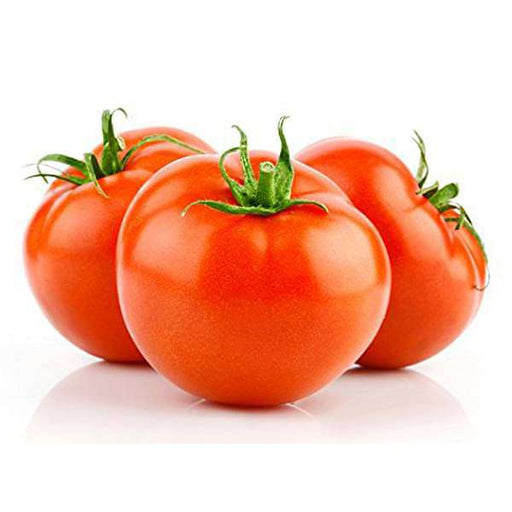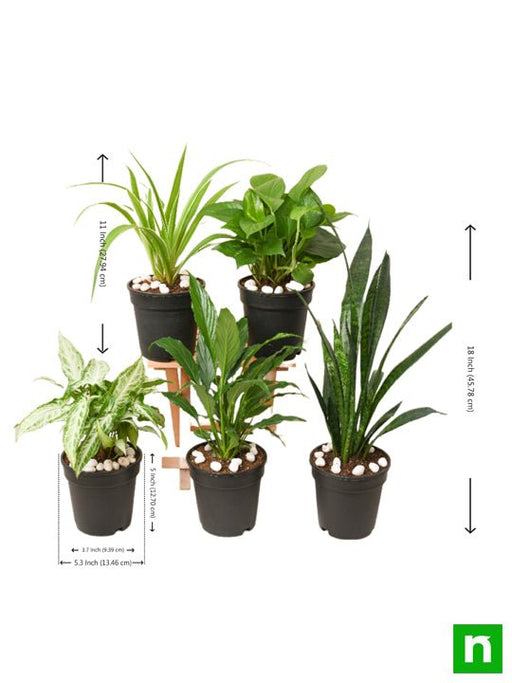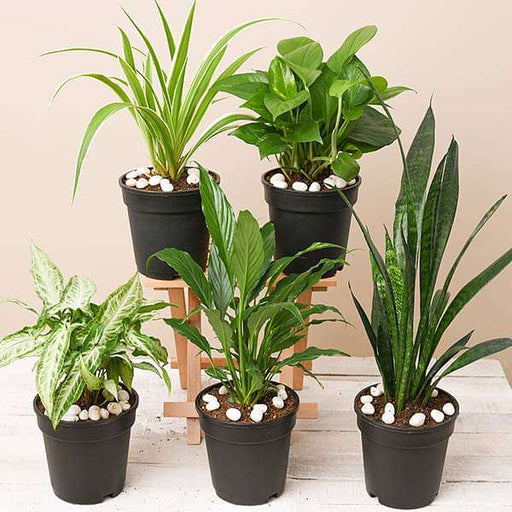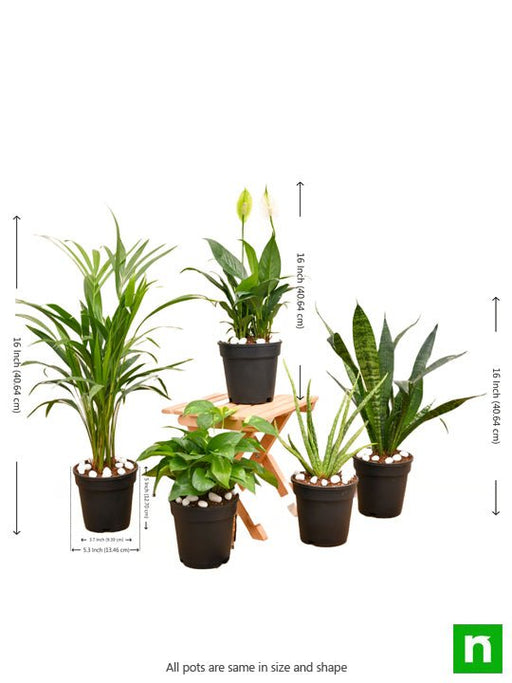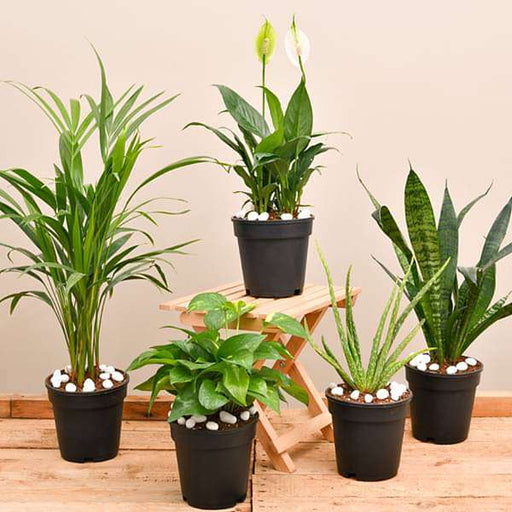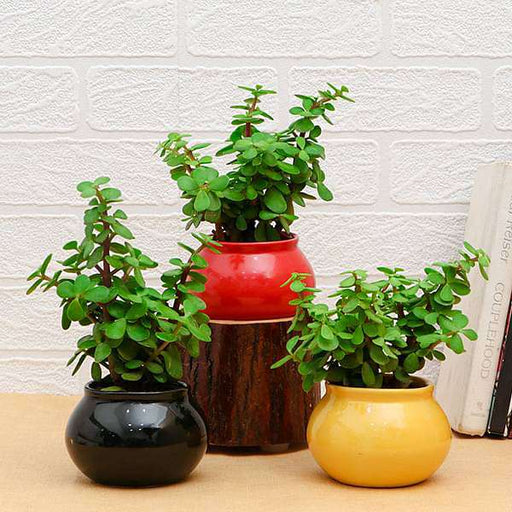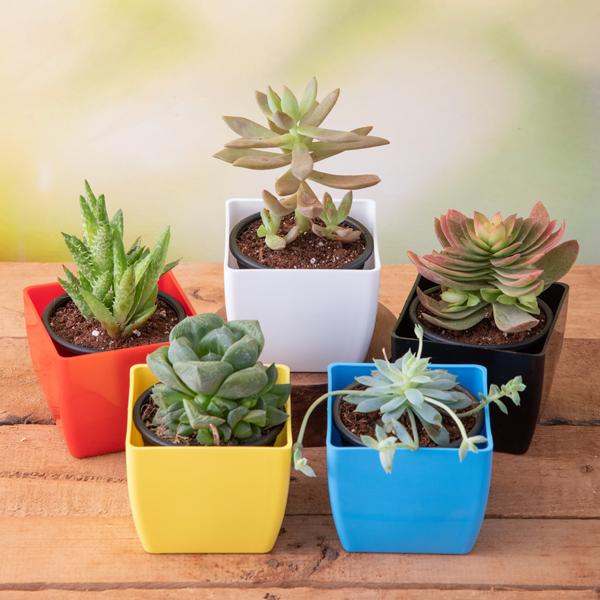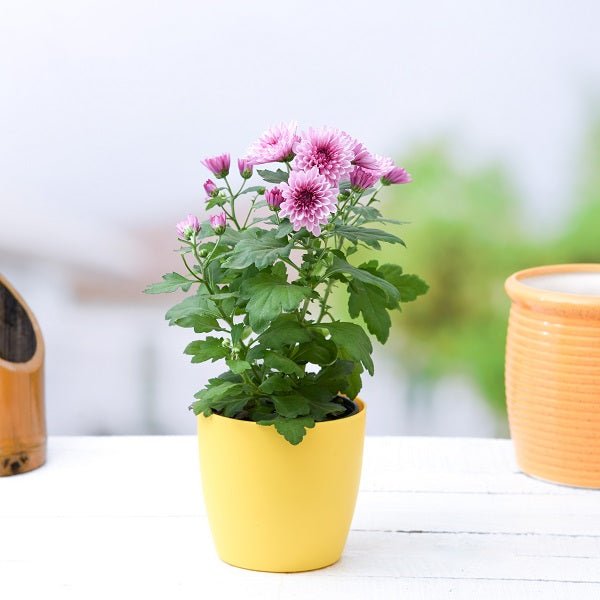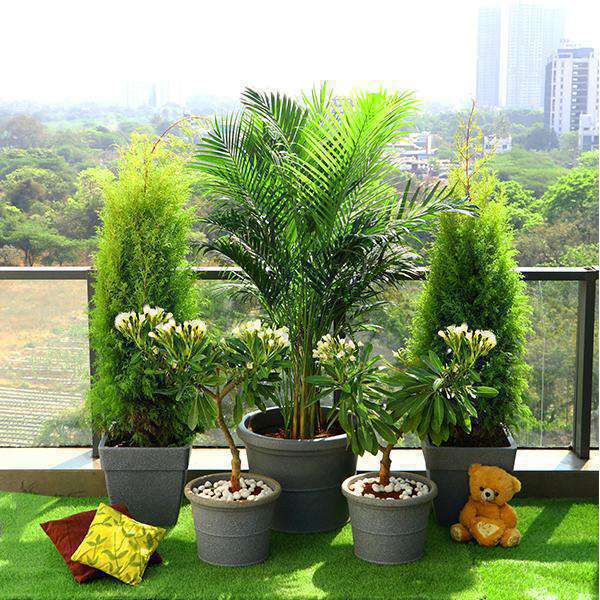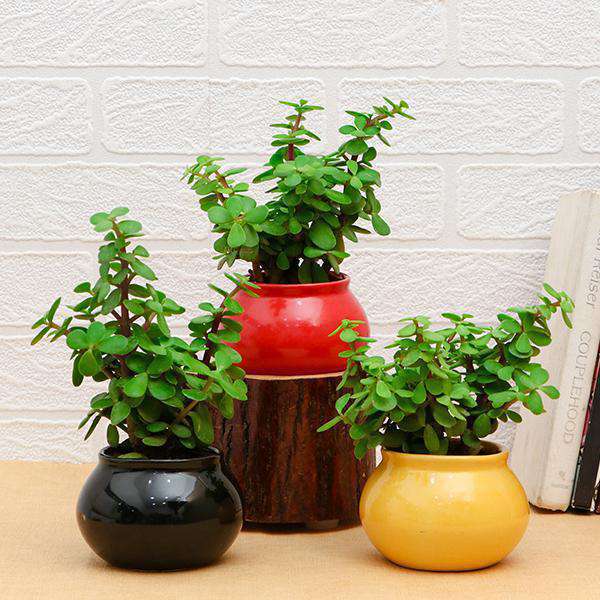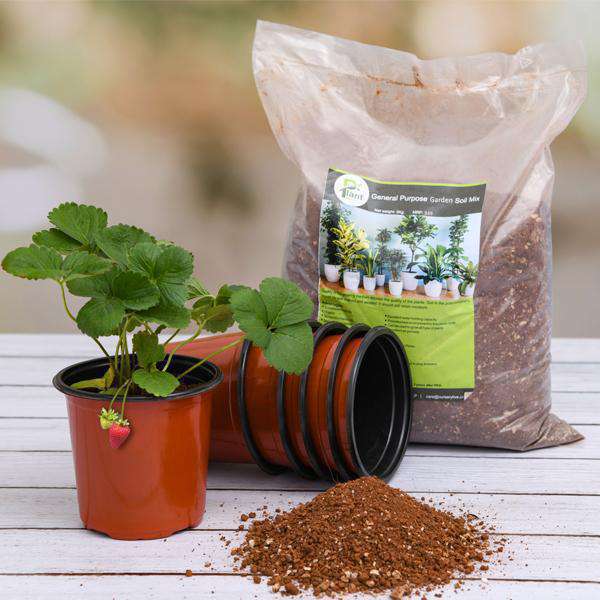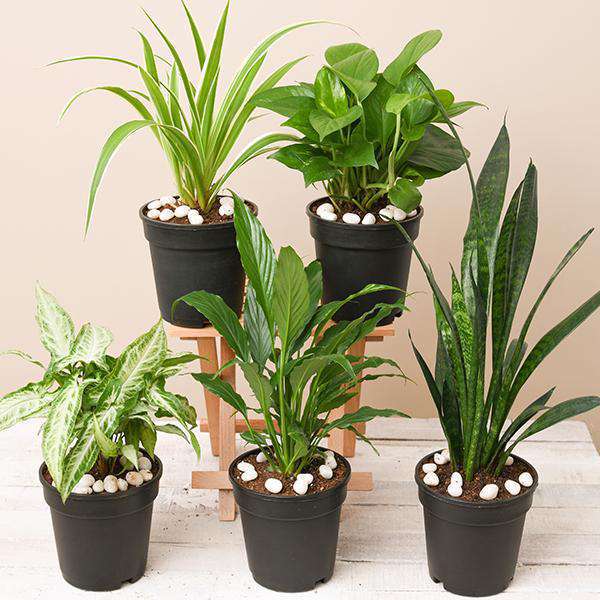Tulip Varieties
When it comes to tulips, variety is the spice of life! From the classic Darwin hybrids to the flamboyant fringed tulips, there’s a color and shape for every garden enthusiast. Imagine a rainbow of tulips dancing in the breeze, each one vying for your attention. With a set of 5 bulbs, you can create a mini tulip festival right in your backyard. Who needs a botanical garden when you can have your own tulip extravaganza?
Planting Tips
Planting tulip bulbs is like setting the stage for a floral performance. Dig a hole, toss in the bulb, and cover it up like a secret treasure. Make sure to plant them at the right depth and in well-drained soil, or you might end up with a soggy mess instead of a stunning display. Remember, tulips love a good sunbath, so pick a spot that gets plenty of sunshine.
Blooming Season
Get ready for a springtime spectacle! Tulips are the prima donnas of the garden, bursting into bloom when the weather warms up. Depending on the variety, you can expect these beauties to grace your garden from early to late spring. It’s like having a front-row seat to nature’s most colorful show. Just be sure to have your camera ready; these blooms are Instagram gold!
Color Combinations
Who says you can’t play with color? Mixing and matching tulip colors can turn your garden into a vibrant masterpiece. Think bold reds with soft pinks, or sunny yellows paired with deep purples. The possibilities are endless! With a set of 5 bulbs, you can experiment with different combinations and create a visual feast that will have your neighbors green with envy.
Care Instructions
Caring for tulips is easier than keeping a houseplant alive! Just give them a little water, some well-drained soil, and a sprinkle of fertilizer, and they’ll reward you with a stunning display. After blooming, let the leaves die back naturally; they’re busy storing energy for next year’s show. It’s like giving your tulips a spa day while they prepare for their next big performance.
Pest Control
Tulips are not just pretty faces; they can also be a target for pesky critters. From hungry rabbits to sneaky squirrels, these bulbs need a little protection. Consider using natural repellents or planting companion flowers to keep the pests at bay. After all, you want your tulips to shine without being nibbled on by garden invaders.
Companion Plants
Pairing tulips with the right companions can elevate your garden game. Think of them as the perfect sidekick to your floral superhero. Daffodils, hyacinths, and even some low-growing perennials can create a stunning backdrop for your tulips. Together, they’ll form a harmonious garden ensemble that will have everyone asking for your gardening secrets.
Cutting Flowers
Want to bring a bit of spring indoors? Tulips make fabulous cut flowers! Just snip them at the right time, and you’ll have a bouquet that brightens up any room. Place them in a vase with fresh water, and watch as they continue to bloom and open up, filling your home with color and joy. Just remember to change the water regularly; nobody likes a wilted flower!
Garden Design
Designing a garden with tulips is like painting a canvas with nature’s finest colors. You can create borders, clusters, or even a tulip pathway that leads to your garden’s secret hideaway. With a set of 5 bulbs, you can experiment with different layouts and discover what works best for your space. Your garden will be the talk of the town, and you’ll be the proud artist behind it all.
Seasonal Decor
Tulips aren’t just for the garden; they can also jazz up your seasonal decor! Use them in centerpieces, wreaths, or even as part of your spring-themed table settings. Their vibrant colors and elegant shapes can add a touch of sophistication to any occasion. So, why not let your tulips strut their stuff indoors as well?
Sustainability
Planting tulips is a step towards a more sustainable garden. These bulbs are perennials, meaning they’ll come back year after year with minimal effort. By choosing tulips, you’re not just beautifying your space; you’re also contributing to a healthier environment. Plus, they attract pollinators, making your garden a buzzing hub of activity. It’s a win-win for you and Mother Nature!
